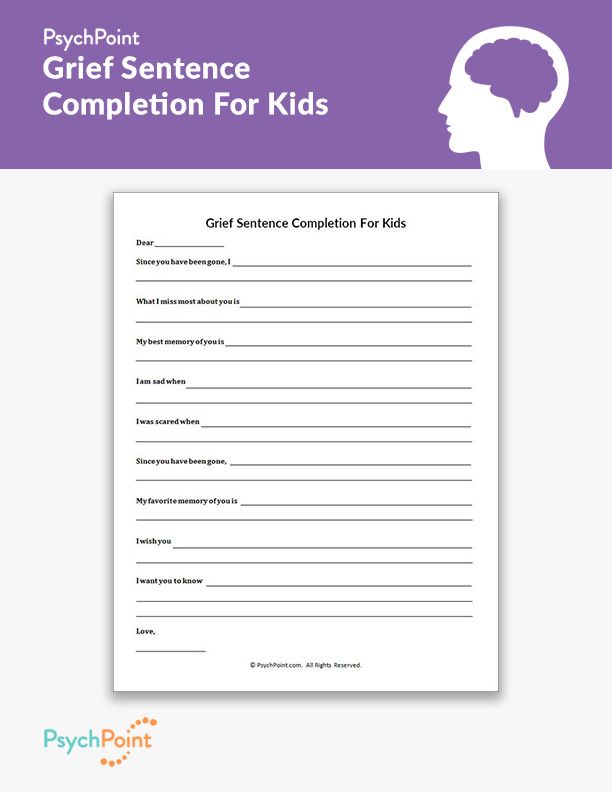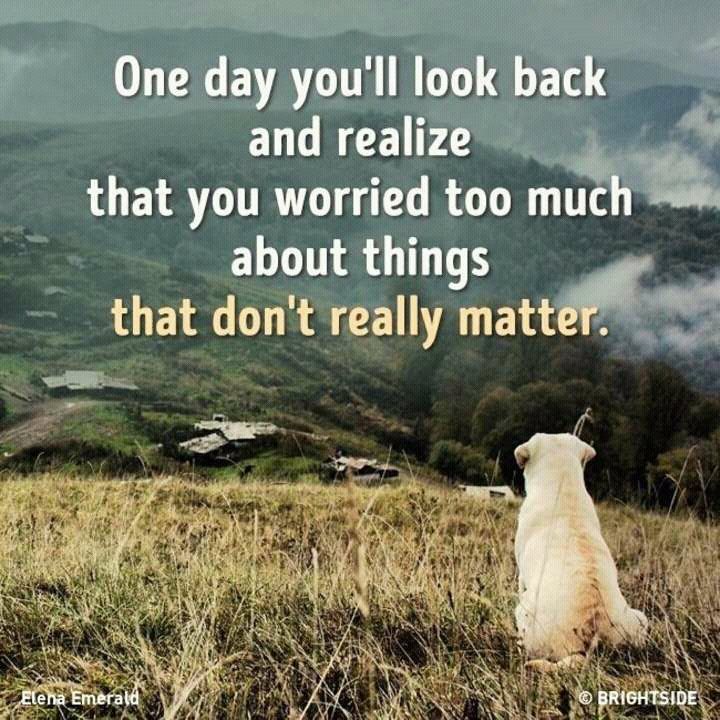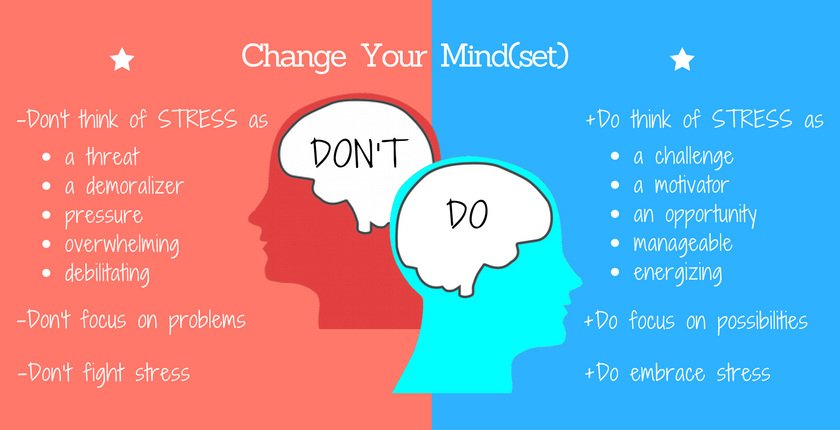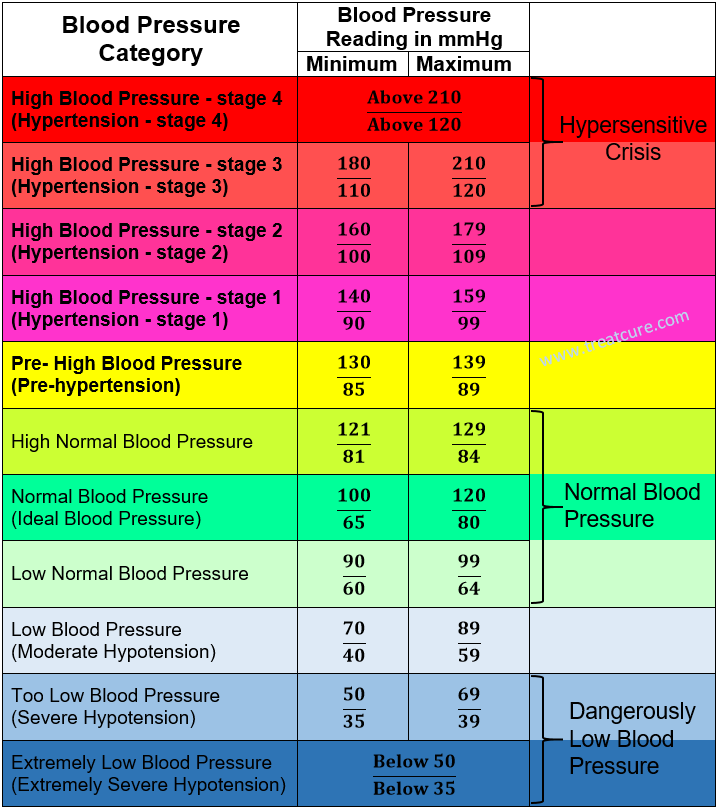Therapy questions for anxiety
My 10 Favorite Questions to Ask Clients
Knowing the right things to ask makes a big difference. Here are 4 things I keep in mind when preparing questions for clients:
1. Great questions often start with a “what” or a “how”.
2. Having 2 or 3 powerful questions prepared in advance eases my anxiety.
3. Powerful questions are positive, clear, fun to ask, and future-oriented.
4. If I’m not genuinely curious about the answer, I shouldn’t ask the question.
“Sometimes questions are more important than answers.” – Nancy Willard
When I was going through the life coach certification process, I was encouraged to keep a list handy of my favorite questions. For years now, I’ve kept this list with me.
My 10 Favorite Questions to Ask Clients
- What are you unclear about in your life, that if you figured it out, would make the biggest difference?
- What opportunities do you have right now?
- How would you act if you were 10 times bolder? (What would you do if success were guaranteed?)
- What does your ideal life look like in 2, 5, or 10 years?
- How do you want to be remembered by those you love when you’re gone?
- What changes do you need to make to have the life you want?
- What does “success” mean to you?
- What’s important to you about accomplishing this?
- What do you want? What are you saying “yes” to in your life right now?
- What do you like about yourself (interests, life experiences, personality traits, etc.
)?
Bonus – These almost made my top 10 list. Actually they’re just as good as the top 10“The art and science of asking questions is the source of all knowledge.” – Thomas Berger
- What energizes you? (i.e. After you engage this person, place, thing, or activity, you’re encouraged.)
- What specifically are you worried about/afraid of here?
- If you were happier, how would people know?
- How could you view that differently? What’s another perspective?
- What has worked in the past to get you unstuck here?
- What else? Please tell me more about that.
- What support do you need? How can you get that support?
- What would your ideal daily schedule look like?
- How might your expectations be unrealistic here?
- What’s an assumption you have that might be holding you back?
How You Can Use These WringersIf you found this information helpful, SUBSCRIBE TODAY, and you’ll receive our Free PDF of 50 Great Relationship Building Questions AND our Free Life Balance Tips eBook!
Take the time to ask yourself each of these and write out your answers.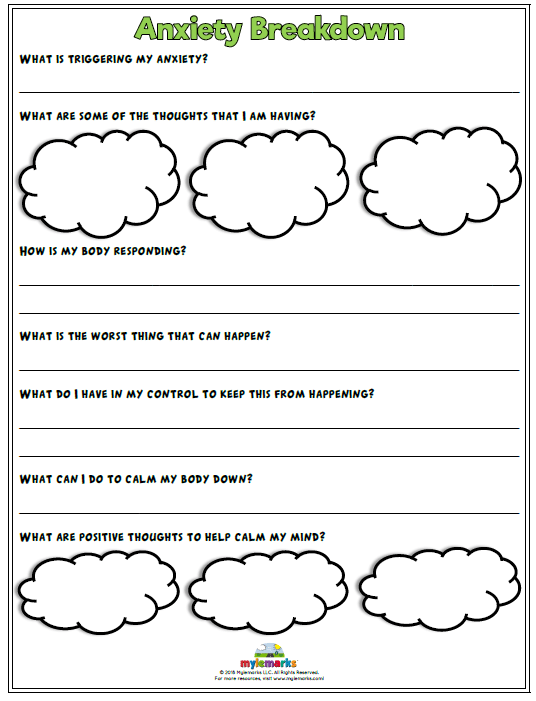 Be honest with yourself. Self-honesty is one of the most challenging, revealing
, and rewarding personal growth activities.
Be honest with yourself. Self-honesty is one of the most challenging, revealing
, and rewarding personal growth activities.
Powerful questions help you identify real issues you might be avoiding, and recognize solutions you might be ignoring. My hope is these questions transform your life, the lives of your clients, and the lives of those you love.
If you felt challenged by my simple questions, go through my online coaching course Tune Up For Life. Learning about having a healthy perspective, loving yourself better, living with balance, living out your core values and life purpose, goal setting, developing healthy habits, and more.
An Excellent Communication Game & Tool To Strengthen Your Work Team, Family, and Friendships. Includes 108 questions. Check it out!
Related Content
20 Questions to Ingnite Meaningful Conversations
7 Questions That Can Positively Transform Your Marriage
10 Fun Ice Breakers for Work Meetings and Social Events
Asking Great Questions that Build Meaningful Relationships – Podcast
Questions to Ask Yourself When Anxiety Hits — Harvest Counseling & Wellness | Counselors in Argyle, TX
Anxiety can be stressful and scary at times.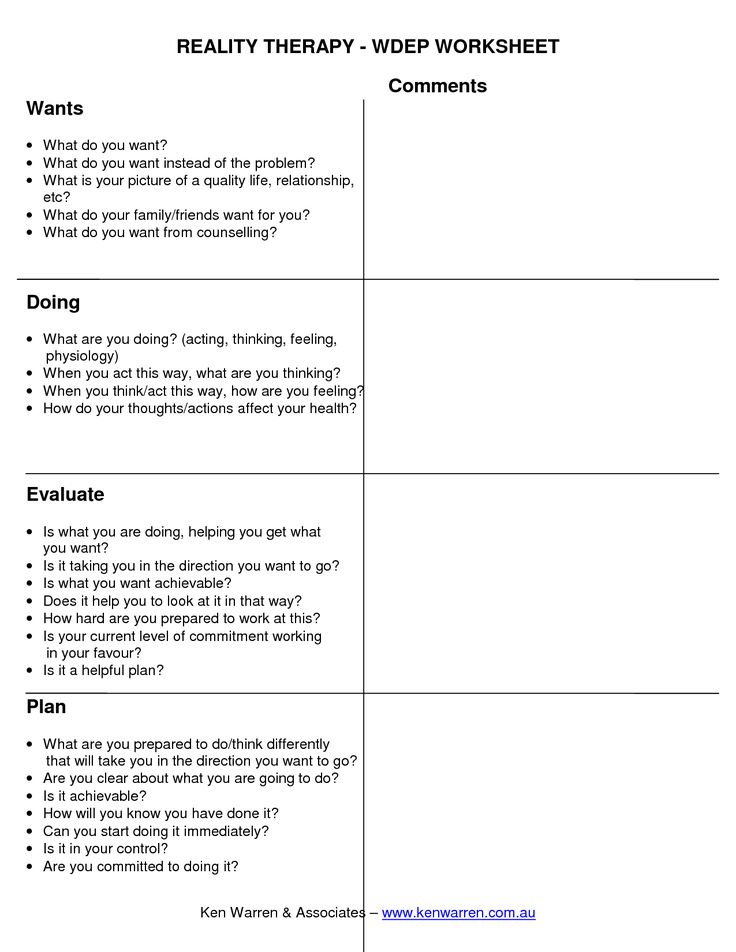 Sometimes it’s difficult to know where it’s coming from and why you are experiencing it. Acknowledging the feelings that come with anxiety and the roots of anxiety are only a portion of treating anxiety. Anxiety is much more than just worrying too much and it’s not a weakness. Anxiety is real and it doesn’t define you. It’s important to assess your current situation when anxiety hits so it doesn’t spiral out of control. It’s also important to know when to ask for help.
Sometimes it’s difficult to know where it’s coming from and why you are experiencing it. Acknowledging the feelings that come with anxiety and the roots of anxiety are only a portion of treating anxiety. Anxiety is much more than just worrying too much and it’s not a weakness. Anxiety is real and it doesn’t define you. It’s important to assess your current situation when anxiety hits so it doesn’t spiral out of control. It’s also important to know when to ask for help.
1) Will anything change if I worry about it?
Worrying is like walking around with an umbrellas waiting for it to rain. The umbrella (worry) is going to get heavy, wear you out, and get in your way when you try to do productive things. So think about the thing you are worried about, if you can’t fix it and change it now, then picture yourself gently setting it aside until you can fix it.
2) What can I control?
You can’t always control things that happen to you. You definitely can’t control other people. You can control yourself and how you respond.
You can control yourself and how you respond.
3) Am I safe right now?
Take notice: are you breathing, are you in danger of hurting yourself or someone else? If you feel like you or someone else is in danger, please call 9-1-1 or go to the nearest emergency room.
4) How have I successfully dealt with situations like this in the past?
Think back on what has happened to you in the past. How did you deal with similar situations? Sometimes its helpful to consider that you have been through something worse and you made it through okay.
5) Who might be able to help me?
Is there someone you trust that you can call to talk to and will listen to you? A phone call to a humble, honest friend is best to talk to in order to help sort through this list of questions.
6) What’s one small step I can take right now to feel better?
Small steps in the right direction are better than big steps in the wrong direction. Take small steps to feel better right now. Do things that are calming and relaxing, do things that make you feel productive, or do something that helps the situation, but only if you can control the situation.
Do things that are calming and relaxing, do things that make you feel productive, or do something that helps the situation, but only if you can control the situation.
7) What’s the best, worst, and most realistic scenario that is likely to play out?
Think through all the scenarios of what could possibly happen. This helps you come up with a plan on how to move forward. But don’t linger too long on the worst cases and the things you can’t control. Lingering on the negatives is not helpful and can worsen anxiety.
8) Where in your body do you feel anxiety?
One of the significant things to do when you experience anxiety is to notice and pay attention to where in your body feels it the most and where it begins. Oftentimes those body sensations, aches, pains, etc. will surface before you recognize that you are anxious. This helps you to try to figure out what triggered the anxiety and start implementing coping mechanisms to prevent the anxiety from getting out of hand.
Final Thoughts
If you feel powerless and overwhelmed, there is hope in healing. Find a qualified counselor to help you learn new skills on how to deal with stress and anxiety. In some instances, trauma therapy may be helpful.
ARE YOU SEEKING PROFESSIONAL HELP FOR ANXIETY?
Harvest Counseling & Wellness is a mental health counseling practice in Argyle, Texas. We provide therapy for couples, individuals, and families are struggling with issues related to codependency, anxiety, depression, abuse, and grief. Our office is located near Denton, Highland Village, Flower Mound, Lantana, Roanoke, & Justin. If you are looking for a therapist in Denton or surrounding areas, contact us today for a complimentary phone consultation, 940-294-7061.
CARD HELPING YOU TO ASK THERAPEUTIC QUESTIONS
I saw it on Facebook at Julia Lokkova.
Interesting.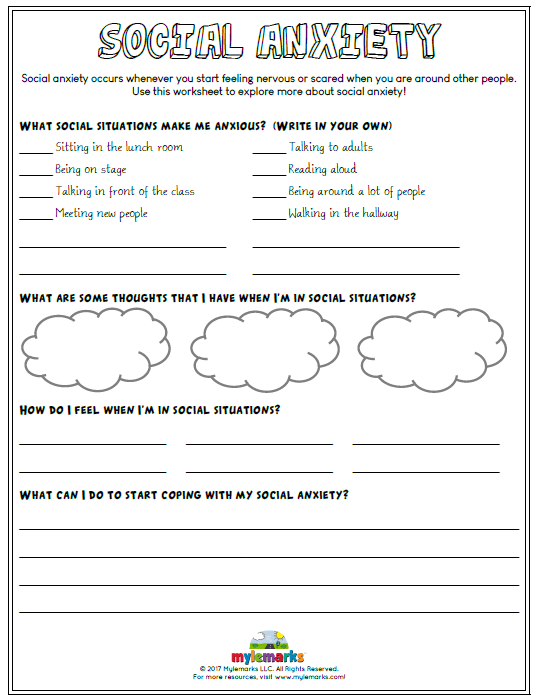 Therefore - here is the summary (under the cut). By the way, I think this work will be of interest to those involved in mediation. Because an understanding approach and asking the right questions and being able to listen to the answers that are given are the basis of mediative competence.
Therefore - here is the summary (under the cut). By the way, I think this work will be of interest to those involved in mediation. Because an understanding approach and asking the right questions and being able to listen to the answers that are given are the basis of mediative competence.
Missing but implied: a card to help ask therapeutic questions
Maggie Carey, Sarah Walter, Shona Russell
PREFERRED STORIES
In the 1980s, Michael White introduced the therapeutic practice of exploring alternative histories - "other" versions of life that are different from the problem story (White, 1989). From the early 1990s, Michael began to emphasize the importance of "intentionality" and "questions about intentional states," and alternative histories gained new prominence as the preferred stories (White, 1991, 1995, 2001).
"MISSING BUT IMPLIED": NEW GROUNDS
From early 2006 to 2008, Michael again focused on developing and using the notion of "missing but implied". He did not have time to publish the ideas and practical developments of this period, but he generously shared them at seminars and during discussions with colleagues.
He did not have time to publish the ideas and practical developments of this period, but he generously shared them at seminars and during discussions with colleagues.
MAP FOR BUILDING PILLARS IN INVESTIGATION OF THE 'ABSENT BUT IMPLIED'
Michael White began to explore ways of formulating support questions oriented toward identifying the 'missing but implied' and developed a new 'map' of narrative practice. The metaphor of the map reflects the idea of therapeutic conversations as paths leading to hitherto uncharted territory; Michael applied it to various aspects of narrative practice (White, 2007 pp. 3–7).
Below we present a map consisting of eight elements. This card provides possible directions that can be explored by asking about "missing but implied" in people's sayings. We have included in the description a case study based on therapeutic conversations conducted by one of the authors of this article (Maggie Carey).
1. Expression
The first element of this card is an expression of what is problematic and difficult in people's lives: anxiety, crying, complaints, annoyance, disappointment, suffering, confusion, confusion, etc.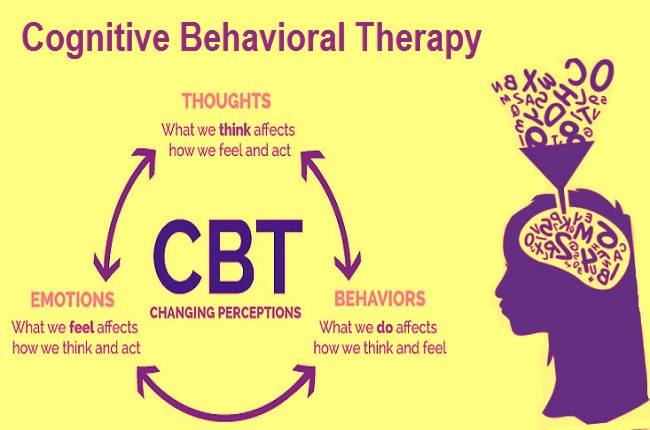 At this stage, the therapist asks questions to get as detailed a description of the problem as possible, and begins to figure out exactly how the problem affects different areas of the person's life. The therapist invites the person to share how he/she understands what is happening, and to add any details that will help the therapist see what exactly in the person's life experience this understanding is connected with.
At this stage, the therapist asks questions to get as detailed a description of the problem as possible, and begins to figure out exactly how the problem affects different areas of the person's life. The therapist invites the person to share how he/she understands what is happening, and to add any details that will help the therapist see what exactly in the person's life experience this understanding is connected with.
When the therapist hears these expressions of a problem at the beginning of a conversation, the notion of "absent but implied" makes it possible to perceive these expressions not only as "poor descriptions" of life, but also as indications of a distinction, an implying of something that is outside the problem story . This helps to find entry points to other identity stories where people are able to do something about the issues that bother them. Thus, people have the opportunity to strengthen the ability to influence the course and direction of their lives.
2.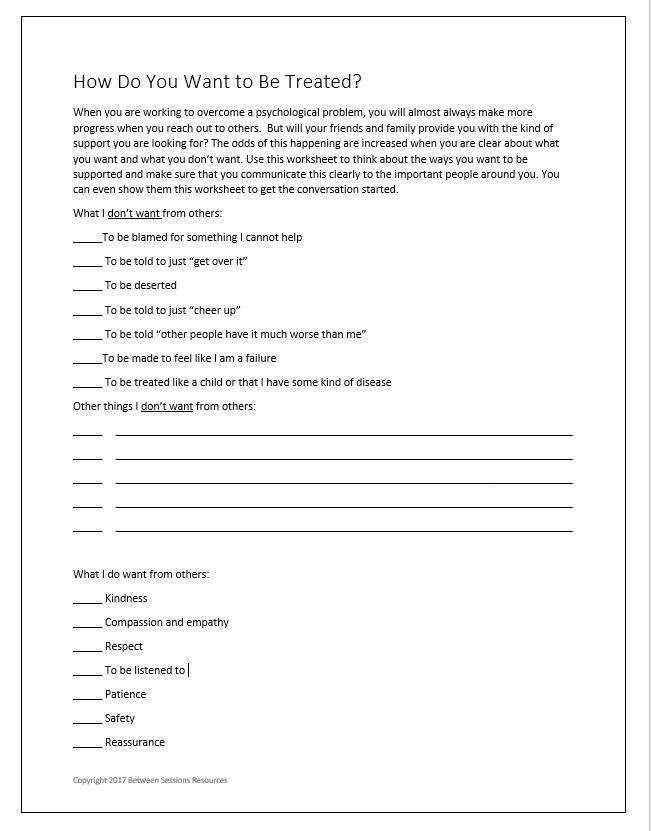 What is the cause of the complaint or other expression of suffering?
What is the cause of the complaint or other expression of suffering?
The second step in formulating support questions to move towards a story about the ability to influence one's own life is to collect a detailed description of what the complaint, anxiety or suffering refers to. It is very important to spend some time exploring the context in which the problem arose so that an externalized description can be given of what the person is suffering from. Such a description creates some distance between the person and the problem so that the person can "see" the ideas or perceptions that support the problem, their placement in the social, political or "relational" context of life, and how these ideas or perceptions prevent people from living ( Freedman & Combs, 1996; Russell & Carey, 2004; White, 2007).
At this stage, we pay special attention to the forces that, perhaps, "push to the sidelines of life", marginalize a person's ideas about who he is and who he would like to be.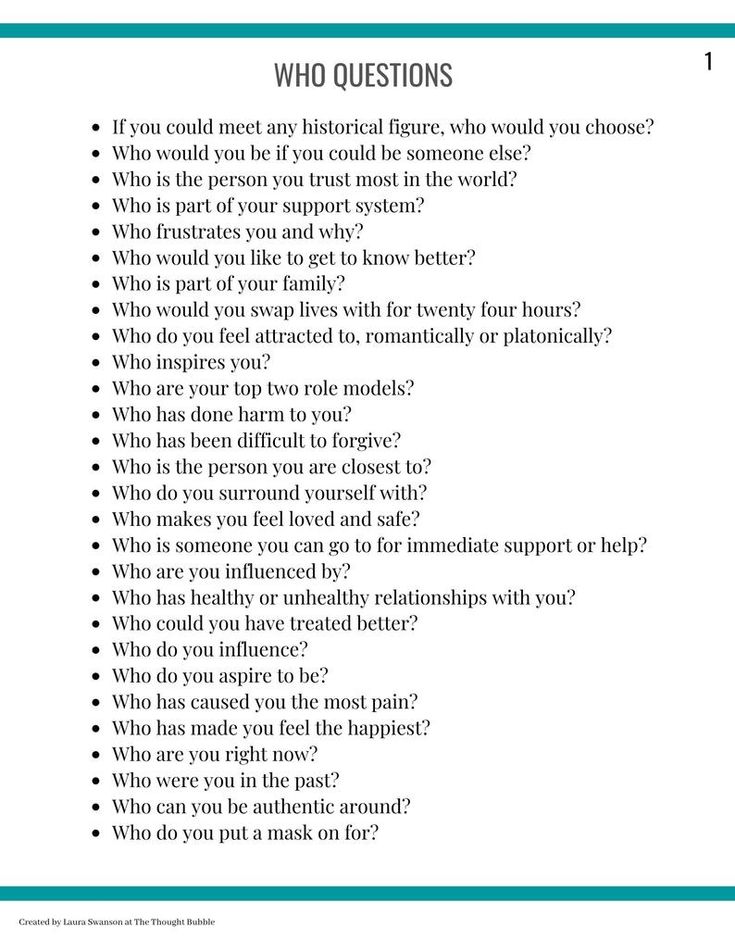 These forces are other people's unfair treatment of us, their demands and expectations, judgments and condemnations. We can linger on this topic a little longer (“trampling our feet”), examining the consequences of this experience in order to understand more clearly what exactly people are reacting to.
These forces are other people's unfair treatment of us, their demands and expectations, judgments and condemnations. We can linger on this topic a little longer (“trampling our feet”), examining the consequences of this experience in order to understand more clearly what exactly people are reacting to.
- What are these expectations trying to convince you about - about your worth as a person?
- What exactly are they doing to convince you of this?
- What tactics do they use to get you to agree with how they evaluate you?
As the larger contexts of the problem being experienced become visible, people are encouraged to explore the actions they are taking in response to what is happening.
3. Designation (naming) of action in response to a problem
The notion of "absent but implied" helps us to perceive expressions of suffering as actions in response to a problem. People don't just passively re-tell what is problematic; the very expression of the problem can be seen as an action aimed at overcoming it.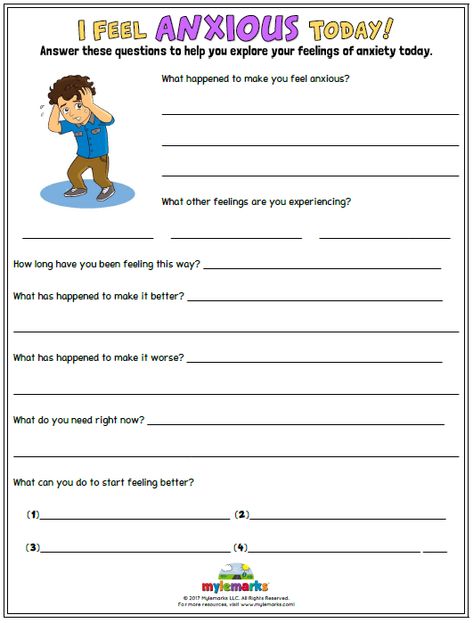 If the expression of experience were not a form of protest, resistance, or doubt about the legitimacy of what is happening, then what is happening would not be designated as a problem. The person would simply submit, accept the current state of affairs and not draw our attention to these circumstances.
If the expression of experience were not a form of protest, resistance, or doubt about the legitimacy of what is happening, then what is happening would not be designated as a problem. The person would simply submit, accept the current state of affairs and not draw our attention to these circumstances.
In the third step of moving along this "map", support questions are formulated to help identify what kind of action was taken in response to the problem. What exactly do people do in response to the fact that difficult, difficult and unpleasant things are happening in their lives? To encourage people to give a name to the actions taken, you can ask, for example, the following questions:
- When you talk about a problem, complain about what is happening, what exactly you are not ready to accept, what you are not ready to accept as a given in your life ?
– What is it about your life that you are not ready to leave as is?
You don't seem to accept this situation. If you don't accept it, what are you doing to change it?
If you don't accept it, what are you doing to change it?
- I understand that you do not agree with these expectations that are placed on you. And how do you challenge them, question them?
- What do you do when such a misunderstanding arises?
– How do you feel about such belittling of your merits? Do you accept it? Or question? What does this say about how you respond to being diminished?
Asking questions like this can lead to many possible answers. A person can:
- hold fast to something important to himself
- speak for himself
- reaffirm the importance of what is valuable
- hold on to his own beliefs
- question what is happening
- challenge what is happening what was done to him or others
- to refuse to accept what he (or she) was subjected to.
4. Skills and knowledge expressed in actions
Once the expression of suffering is designated as an act, we can contribute to a detailed description of the special knowledge and skills that were necessary to perform this act.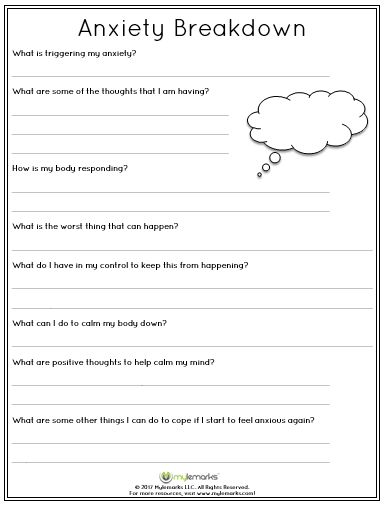
- How did you manage to do this?
– How does this act embody what you know about life?
(a) Do you remember when you had a clear understanding of this? (b) When did this happen? What made you realize this so clearly at that moment?
– What life skills do you use here?
When we ask these questions, we kind of reveal the “mechanics” of what exactly a person does in response to a situation in his life; all such actions require special life skills. To carry out a protest in this way, Michelle had to draw on a certain personal history, previous experience of protest, or knowledge of the possibilities of protest.
5. Intentions and Goals
When we create a detailed description of skills and know-how, we have the opportunity to ask questions about why and why a person did his act.
- What result did you hope to achieve by taking these actions?
-What does this say about your plans for life?
-When you think that you can't just leave everything that happened as it is, how do you imagine how it should really be?
6.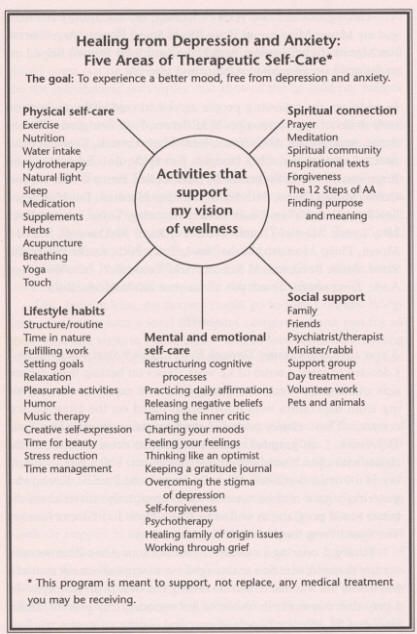 Hidden value: “missing but implied”
Hidden value: “missing but implied”
Having considered and discussed the intentions, goals and hopes of people, we can now find out exactly what values and meanings are reflected in these intentions (White, 2007, p. 103 ). It is at this stage of working with the map that we actually speak of "absent, but implied" in the original expression of suffering. At the same time, we consider suffering as a separation from something significant or as a harm to something significant. And now this significant, important and valuable becomes visible and takes on a name.
- What does this say about what is important to you?
– What do you value?
– What does this say about what is the essence, the ultimate meaning of your life for you? Or what intentions of yours are you never ready to give up?
It is important to keep in mind that this value orientation has nothing to do with morality or normative cultural prescriptions.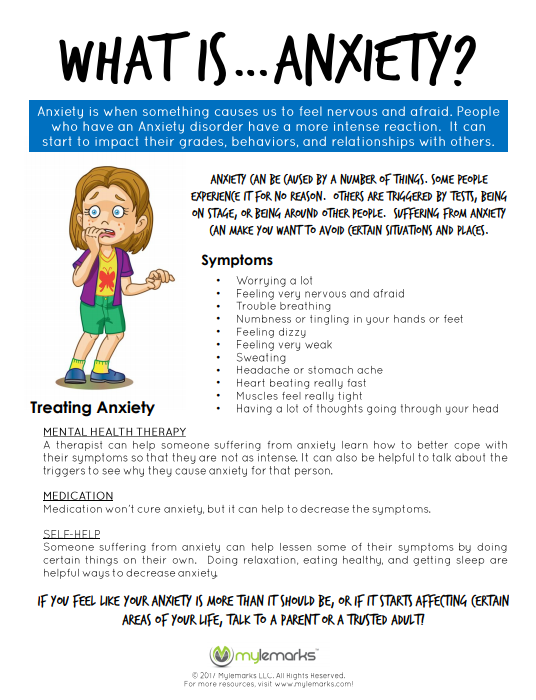 Rather, it is an exploration of what makes sense and value for that particular person or community. What ideas about life are meaningful to them? Thus, space is created for local-cultural (not universally normative - ed.per.) recognitions of what this person or community values; in this space, we can bring to the fore the history of the emergence and formation of this significance and value. It also emphasizes the ability of a person or community to influence their own lives, embodied in the acts of giving meaning to something or maintaining the hope or desire for any changes in life.
Rather, it is an exploration of what makes sense and value for that particular person or community. What ideas about life are meaningful to them? Thus, space is created for local-cultural (not universally normative - ed.per.) recognitions of what this person or community values; in this space, we can bring to the fore the history of the emergence and formation of this significance and value. It also emphasizes the ability of a person or community to influence their own lives, embodied in the acts of giving meaning to something or maintaining the hope or desire for any changes in life.
7. A social and "relational" history of the "absent but implied"
Michael White emphasized that by developing rich descriptions of stories that were previously subordinate, there is a "resurrection of continuity at the places of existing" gaps "in the sense of oneself." Once we have established what is valuable to an individual or community, we can maintain this "resurrection of continuity" of the sense of "self" by bringing to the fore the social and "relational" history of that value. We can do this through conversations that trace the history of actions, knowledge, skills and values.
We can do this through conversations that trace the history of actions, knowledge, skills and values.
We can start a conversation, for example, with the following questions:
- Did these meanings somehow manifest themselves in your life before? Where exactly?
- Can you tell us how you learned these skills, how you learned about these values?
- Have you ever done anything like this before?
– Was it recently or many years ago?
– Do you remember what was important to you then?
To further reinforce preferred stories, we ask questions in therapeutic conversations that help connect the person to other people or significant figures, real or imagined, past or present, people and figures who share, embody, or support beliefs. person about what is important in life.
When we ask questions that unite many people around the "missing but implied", it helps the person to continue to act in accordance with their values.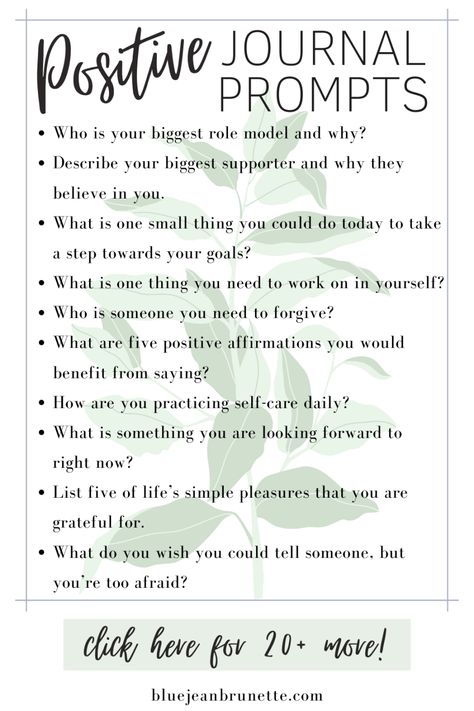 There are many techniques in narrative practice to strengthen these connections, such as re-membering (Hedtke & Winslade, 2004; Russell & Carey, 2004; White, 2007), but you can start with these questions:
There are many techniques in narrative practice to strengthen these connections, such as re-membering (Hedtke & Winslade, 2004; Russell & Carey, 2004; White, 2007), but you can start with these questions:
- Who in your past could have known about this and approved of what you stood for with your actions then?
- Can you think of anyone who shares your views on what is important in this situation?
- Does anyone else know what you stand for? What does your position mean to them?
- Can you tell us more about these people?
- Does anything change for you when you think about these people?
8. Establishing links between actions, designing the future
The last element of this map of building up the pillars for the exploration of the "missing but implied" is the linking of a person's individual actions and experiences into a story unfolding in time. At the same time, a “moment of movement” appears - the story begins to gain momentum - and a person has a stronger sense of the ability to influence his own life.
- How do the protests you made as a child relate to the ones you did recently?
– How does this “quiet but firm no” story provide a basis for action in the present?
When we link actions together to form a story, we bring thematic continuity to the fore; the story of the "I" which is "absent but implied" in the original complaint or expression of suffering becomes clearly visible. The "collapse" of time also provides a basis for building the plot of the story into the future - the person is now aware that he has already experienced something like this before, and knows what to do.
This last category of questioning is important in maintaining a sense of the power to influence one's own life, which will be available to a person in the future.
CONCLUSION
Michael White's particular contribution to therapeutic questioning is the recognition of the duality of life stories in the context of the expression of suffering. When we take into account the “missing but implied”, it makes it possible to find hope even where in people's stories about their lives there is an almost overwhelming despair.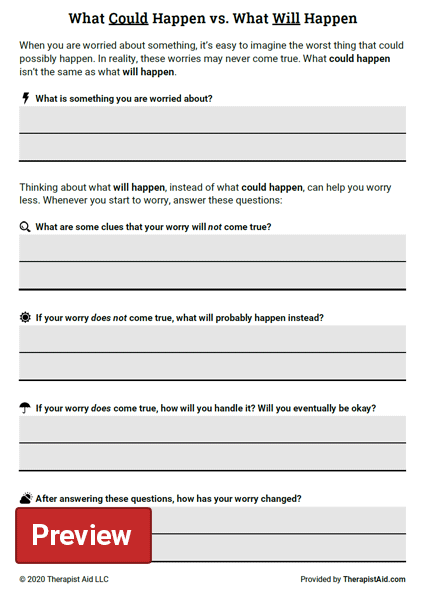 When we remember that no one is completely passive in the face of circumstances, that people always somehow act in response to what is happening, do things, this sets a frame of reference in which it is always possible to find paths to stories about the ability to influence one's own life, so that people can determine its course and direction. This understanding of therapy work opens up an infinite number of possibilities for the emergence of stories that differ from the problem.
When we remember that no one is completely passive in the face of circumstances, that people always somehow act in response to what is happening, do things, this sets a frame of reference in which it is always possible to find paths to stories about the ability to influence one's own life, so that people can determine its course and direction. This understanding of therapy work opens up an infinite number of possibilities for the emergence of stories that differ from the problem.
How to get rid of anxiety? Techniques. Exercises., Psychology - Gestalt Club
Mostly I work with dependent forms of behavior. People with this problem are most prone to anxiety. Dependents and co-dependents are regularly in states of anxiety and anxiety. And the density of events in our life is such that a given a collection of techniques will be relevant to any person.
So let's go! Four elements "Fire - Earth - Water - Air". At each has its own universal energy.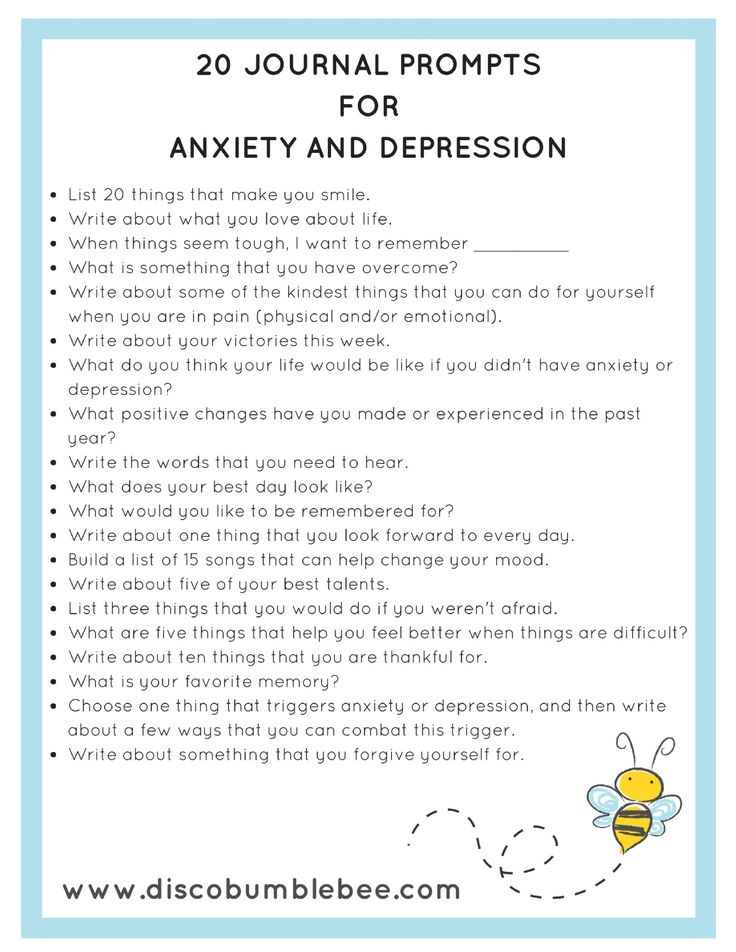 And unique - "reverse connection" to a person.
And unique - "reverse connection" to a person.
Equipment . "Light the alarm - blue flame"
Fire
Describe your negative experience on a piece of paper. emotion, the state that you experience in the moment "here and now". What is it - anxiety, excitement, irritation ...? Invest into writing. There is an expression "paper will endure everything." Add a drawing. What does this feeling look like? In the form of what? Watch what will happen to your body at the time of writing and how will change the background. It often happens that already during writing, feelings of anxiety recede. Read what is written. Then burn with the words: - "Light the alarm - blue flame"
Tool. "I tear the template - steps".
Earth.
Often I recommend this simple tool co-dependent .
When communication or silence with an addict at home created a constant feeling of anxiety.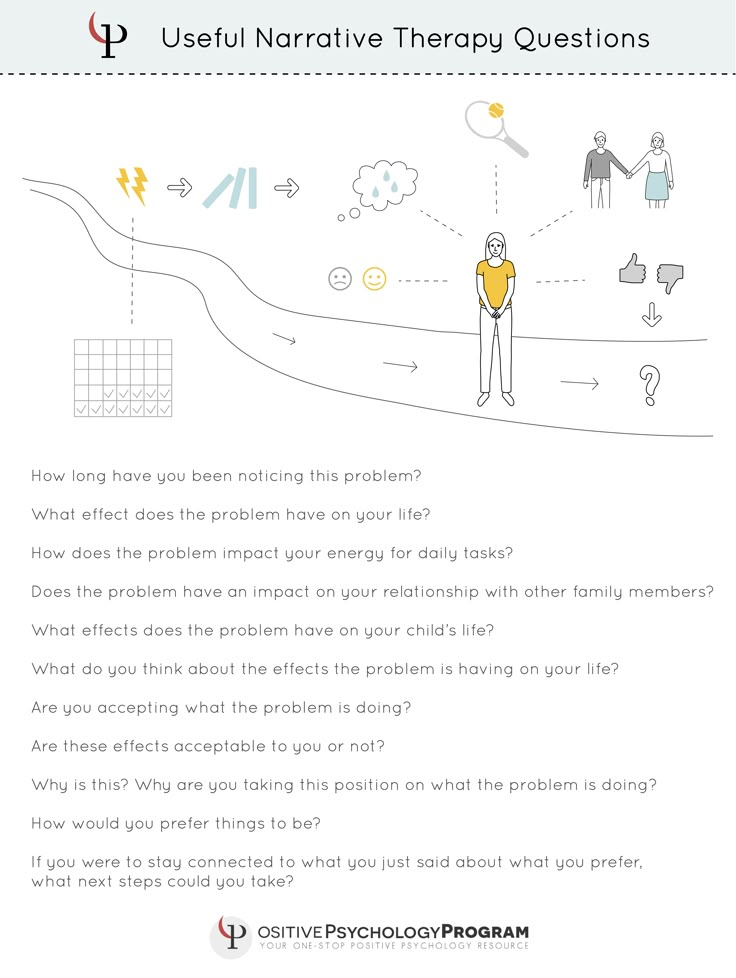 Rip this sample. Walk for 30-40 minutes. Let through the legs part of the anxiety "fall into the ground" And if you set a vector for your walk, then your thoughts will be switched to the destination in this walk. As you leave the house, say to yourself:
Rip this sample. Walk for 30-40 minutes. Let through the legs part of the anxiety "fall into the ground" And if you set a vector for your walk, then your thoughts will be switched to the destination in this walk. As you leave the house, say to yourself:
"- I break the pattern of anxiety - with my own steps."
Tool. "Juice of Life"
Earth".
Leonardo da Vinci.
Water .
1. Imagine that all the anxiety and worry has accumulated in you on hands. Slowly lather your hands, thinking as you dissolve and wash away those feelings. Put your hands under the water and watch how together with soap, negative experiences are washed off your hands.
Add an affirmation - "Water is the juice of life - everything washes away".
2. A wonderful item for any person, it is simply doesn't come to mind at the right time. Take a bath of hot water - lie down 30 min.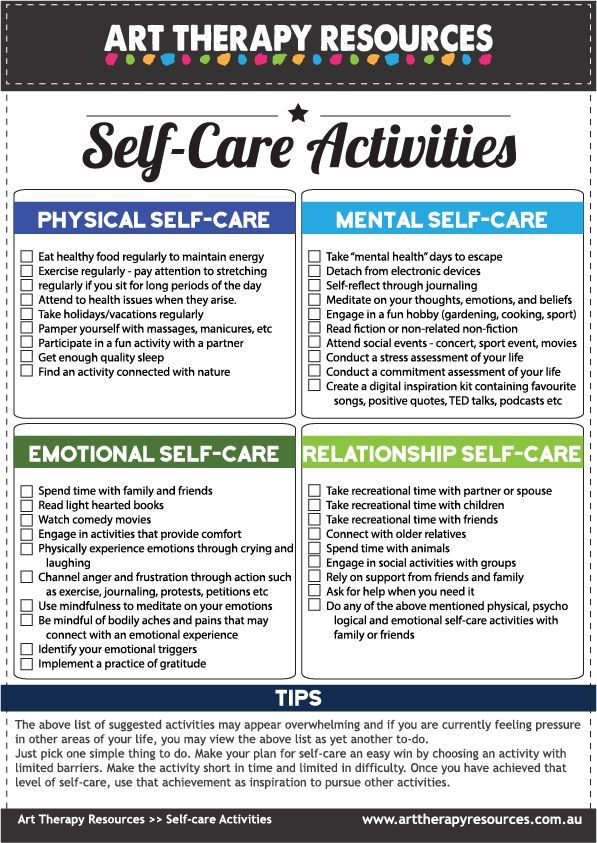 She will do her own thing. And the bath turns this tool into a universal ritual, where a person is completely cleared. Newborns come out of the bath, without worries and anxiety.
She will do her own thing. And the bath turns this tool into a universal ritual, where a person is completely cleared. Newborns come out of the bath, without worries and anxiety.
3. Negative excitement as at dependent and at codependents are accompanied by looped internal dialogue, which only adds to the anxiety. Knock down this anxiety with a cold shower, saying:
- "Water is the juice of life - everything washes away"
4. Drink a glass of water in 10 small sips, while count them.
5. Hot drink. Tea, cappuccino, chocolate, coffee with milk. Drink it slowly. Hold the cup so that it warms your palms.
Exercise. "Breath - Freedom"
Access any of these exercises through the affirmation:
- "The air I breathe is filled with love."
Air.
1. Breathing exercises. Abdominal breathing.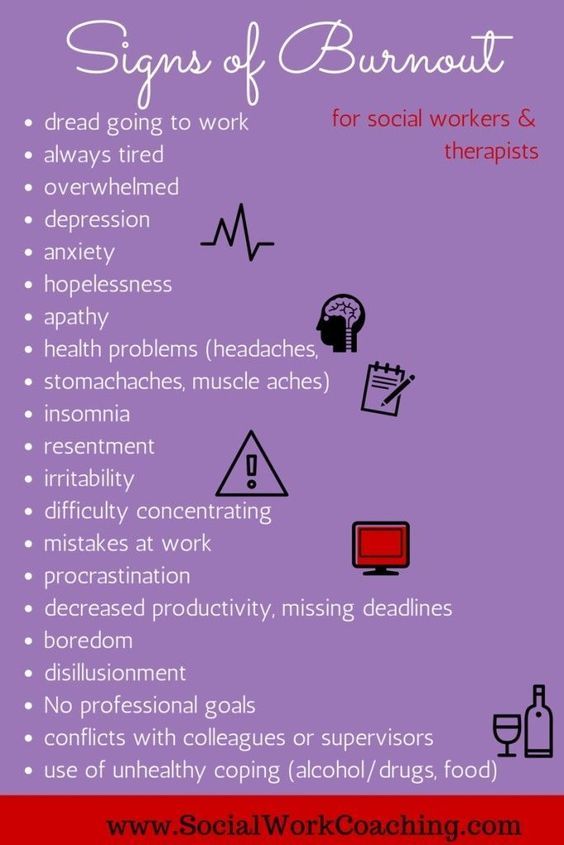 Exhale-pause mentally say "I am calm." Inhale-Pause. (repeat 10-15 times)
Exhale-pause mentally say "I am calm." Inhale-Pause. (repeat 10-15 times)
2. Breathing exercise "Yawn". Breathe in slowly through your mouth (it's better to open it like a yawn), watch it fill lungs completely, then exhale with the sound: woo. (5-10 times)
3. Wavy breathing, in which the breath begins from the stomach, then continues with the chest and ends with the collarbones. Exhalation happens in the opposite direction.
4.Stand up straight. Slowly raise your arms up to the sides taking a deep breath and say: "I am above all this." Stretch with your back and palms up. Close your hands and lower your arms in this position as you exhale. Pause. (5-7 times)
Tool. "Dig up anxiety - physical education.
I recommend this tool dependent . States of craving for substances, routine for a convalescent. To this attraction Feelings of unease and anxiety are firmly attached. The task is to give body physical activity.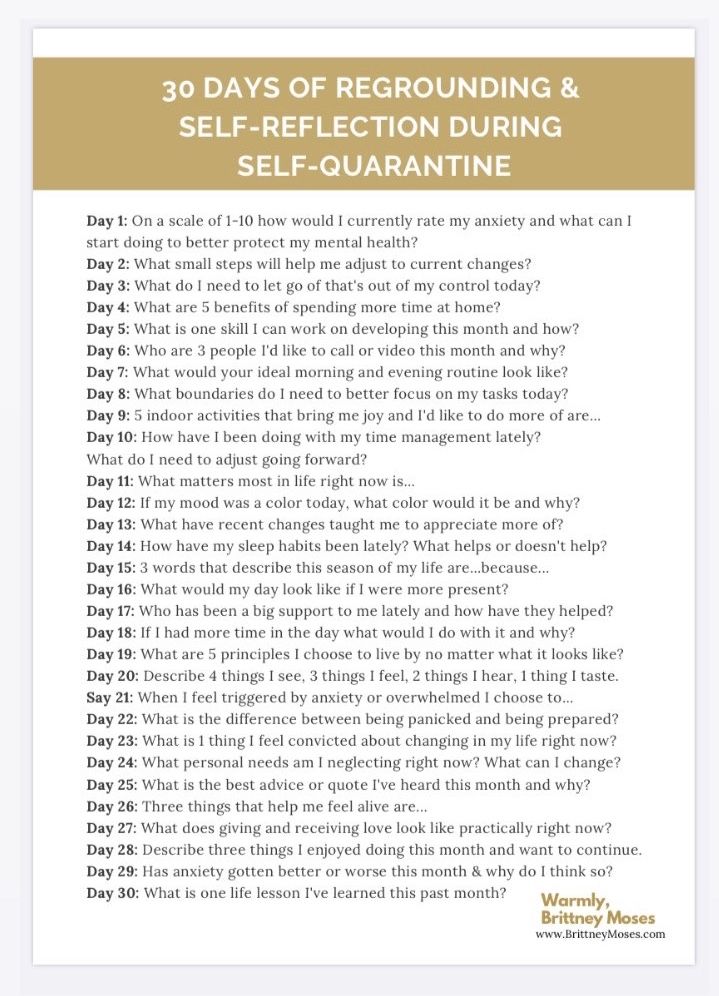 2 sets of 25-30 squats. 2-3 sets of 10-15 push-ups. Great if there is a pear 10-15 min. work on it will be enough to shake your body and update your general condition. Anxiety - retreat, verified!
2 sets of 25-30 squats. 2-3 sets of 10-15 push-ups. Great if there is a pear 10-15 min. work on it will be enough to shake your body and update your general condition. Anxiety - retreat, verified!
An example of this is a case from my practice. Call:
Client: "- I want to use. I tried everything, helps. Ready to break. I'm suffocating with anxiety"
Me: (Surprised) - How did you try everything? Is there a shovel at home? Flowerbed or garden? Pause... silence...
He: - Yes, there is.
Me: - Dig up two acres of land and call me back.
"
On the second day of silence, I began to blame myself for such unprofessionalism, and
look for excuses. His mother interrupted me by calling, and prayerfully thanks.
It turned out that the guy dug up his own and the neighbor's garden, and without back legs collapsed to sleep. He is sober for 3 years. And we remember with a smile is overcoming cravings and anxiety.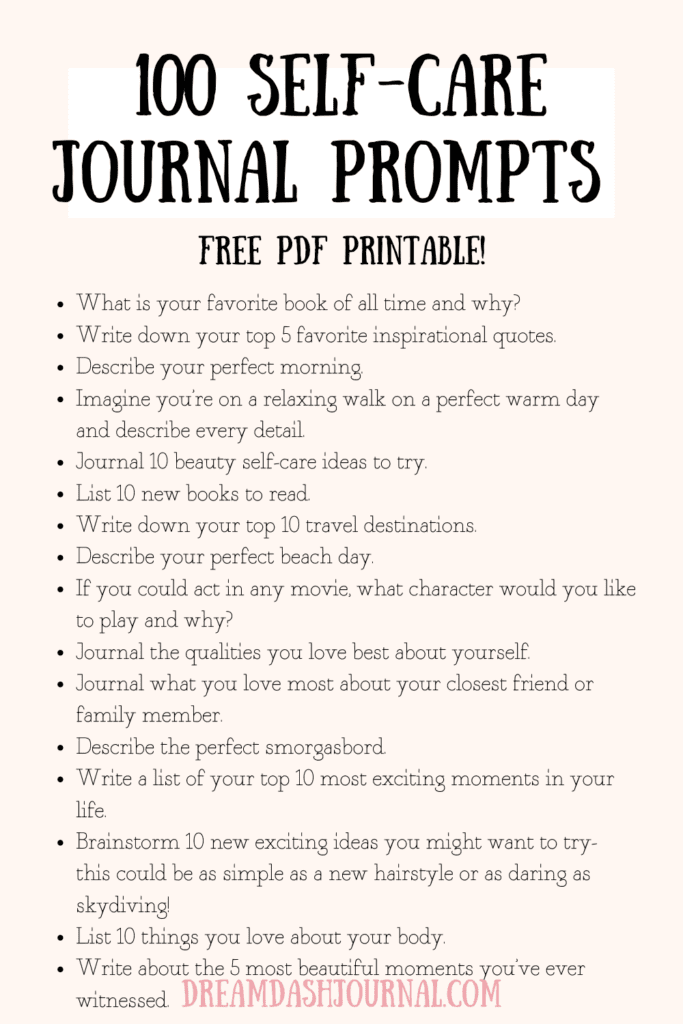 "
"
Gratitude technique
My favorite. In any time and space - she is not equal. Thank.
First of all, thank life itself. Then the feeling itself anxiety or anxiety, it tells you something, directs you. Remember significant events and people - thank you. If dependent the centers teach this skill, and they know the power of gratitude, then it is difficult for their relatives to find the object of the message. Call your son/husband simply thank you for the fact that you have someone to worry about today.
List in this thank you the values that you bind. Watch your body as anxiety subsides and you I want to continue to give-good to the closest. give thanks stranger. the universe. Feel your own gratitude to yourself that you are not idle. Fasten persuasion:
- I am grateful for the "here and now" moment! I know it's early or it's too late.
Exercise. "Pleasant to myself"
Codependent . Remember psychologist Susanna with her auto-training "The most charming and attractive"? So, the task of this exercise will be be self-motivated. Two things are important here - the belief that pronounce, and direction. And each phrase should become sensation:
"I'm on my way to getting rid of my anxiety. I'm confident on this way! I love myself not just like that, but for my actions!
I'm the best, because that's me! I go to the mirror - and I see merit! I am grateful to myself for what I try! I I will continue to learn to manage my condition! My anxiety teaches me something - and I'm a great student! I want and I will strive to live without anxiety in the body.
These are not just words. Your subconscious gratefully "folds on the shelf" these self-suggestion. Rest assured, they are sure are activated if you practice this exercise. (make up your own affirmation)
Technology.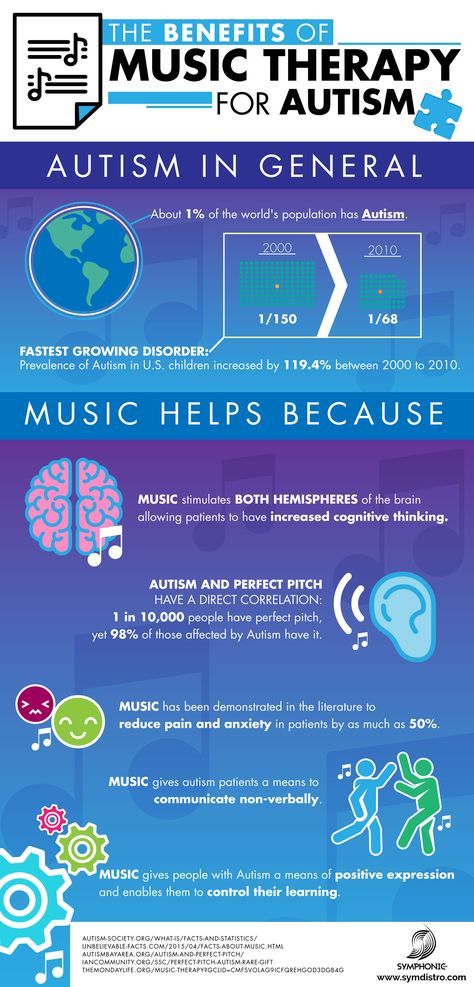 "Thought image - changing life"
"Thought image - changing life"
Dependent / codependent. B - NLP there is such a thing as an "anchor", All the bright moments of our life anchor in sensory-obvious experience. And it is possible for a person to extract them from this experience, and activate by living the same feelings and emotions. The task of these techniques is to get them with the help of visualization just when when you are overwhelmed with anxiety or anxiety.
1. Imagine yourself on the seashore, or on the river - on the beach, or floating in the water. As you slowly walk through the warm sand, or lie on your back in the cool sea.
How you hear the sound of waves and the cry of seagulls. Feel the light breeze of the wind. Smell the salty water, or the pine forest near the river. take a walk along this familiar shore in your imagination, as much as see fit. It’s great if the images are restored not only events, but will also allow you to live the same states in this visualization. Anxiety will recede, believe me!
Anxiety will recede, believe me!
2. Remember your best day, in detail, in detail. It can be a wedding, returning from the army, graduation or awards. This may be the day with the most important achievement in your life. life. Watch it like a movie. Enter the state that left behind this bright day with its events. You will feel like experience it again, and again... The anxiety in these images recedes. Believe! Add autosuggestion:
- It was the happiest day of my life!
-I will create conditions to live such contentment - more many times!
Tool. "Here and now".
Say out loud the names of the objects that you surround right now. Naming their color, shape, sizes:
"I see a small table, I see a big red cat..." 1-2 minutes.
Then close your eyes and say the names of the sounds you hear at this moment
"I hear the announcer talking on the TV, I hear how the kettle.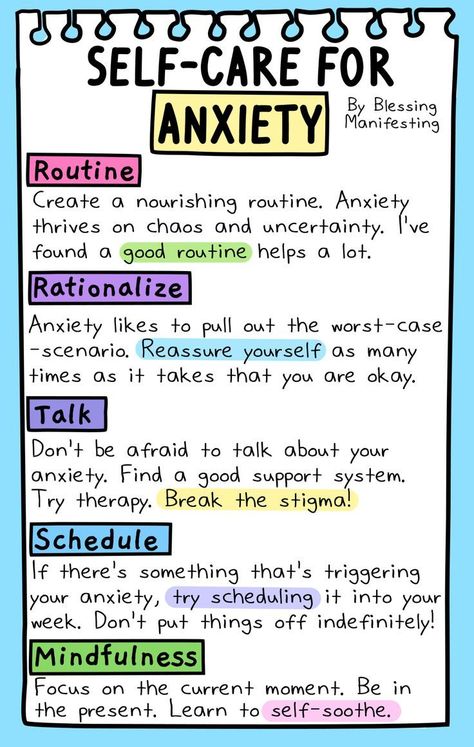 .." 1-2 minutes.
.." 1-2 minutes.
Then listen to your bodily sensations: a chill from the air conditioner goes through the body ...
5 minutes are allotted for this practice. Often for this for a short time it turns out to realize the moment - "here and now", and there is a feeling that something is missing. Describe without delay their feelings, thoughts, states. Write continuously 10 minutes.
This beautiful element gives you a holistic awareness that it happens to you directly - "Now". For all equipment you will spend 15 minutes.
Choose the technique that best suits you. Find "your" work.
Remember! What if nothing changes, nothing change.
Live without worries - cherish the moment "here and now"...!
I would be grateful if you click "Thank you" after reading, leave a review or comment. By subscribing you will not miss the most interesting.